Chiriqui Highlands – Search for the Quetzal
This is my fourth post on a recent visit to the country of Panama with Canadian travel company Adventures Abroad. The first three were all centered around activities in and around Panama City including a tour of the old and new city, a half transit of the Panama Canal and a visit to an Indigenous village. As Monty Python would say – “Now for something completely different”. We are headed to one of the most remote areas of Panama, the Chiriqui Highlands, where we will trek the rainforests in search of one of the most sought after birds ons earth – the Resplendent Quetzal. Won’t you join us in this search and find out how we made out?
Our journey starts with a short hop flight on Air Panama from Panama City to the city of David. It’s an interesting flight as we circle the Panama Canal after take off and you can see both the Atlantic and Pacific Oceans from the air. Our bus is waiting for us outside Enrique Malek airport which has a brand new terminal and is actually much nicer than the Albrook domestic airport in Panama City from where we left. We board and head north on the Pan-American highway to the town of Concepcion where a right turn puts us on a road that leads into the Chiriqui Highlands. These highlands are part of the Cordillera Central that runs down the spine of much of Panama, characterized by volcanoes and rainforests.
Our final destination is Cerro Punta, a collection of small villages at an elevation of around 6,500 feet (2,000 metres) literally at the end of the road. From here there is nothing but mountains and rain forest all the way to Costa Rica. As we go higher and higher in elevation we pass through coffee farms, cattle ranches and near Cerro Punta, a number of stud farms. Apparently the cooler and wetter temperatures of the Chiriqui Highlands are quite conducive to horse breeding.
Although we start our in bright sunshine and very warm temperatures, both of those gradually change as we get rain showers followed by rainbows. I took this picture through the window of the moving bus.

One of the hoped for sights on the way up into the mountain rainforest did not materialize. That was Volcán Barú the highest mountain in Panama. At 11,401 feet (3,475 metres) it supposedly towers over the rest of the Chiriqui Highlands. I say supposedly in jest, but in the two days we spent in the area Volcán Barú played coy and refused to show its summit. This is not surprising because the rainy season lasts nine to ten months here, so the odds are better that you won’t see it than you will.
However, if you do get lucky this is what you would see, although not the line showing how much higher the volcano was before it blew its top about 400 years ago.
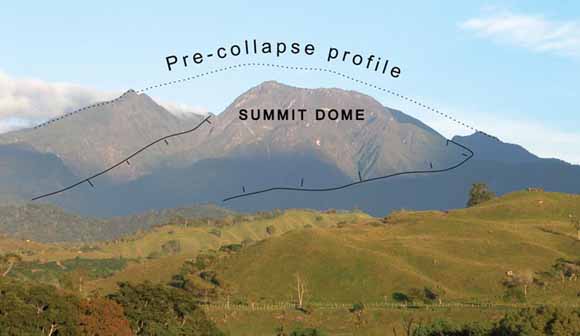
We finally arrive at our lodgings for the next two days, Los Quetzales Ecolodge which is located in the highest of the Cerro Punta villages, Guadalupe. It has a very appropriate name because we are here for one primary reason – to see the Resplendent Quetzal, one of the most beautiful birds in the world and an important part of Mesoamerican culture. When I saw that the Adventures Abroad itinerary for Panama included a chance to see this rare bird, I was hooked. Here is what we will be looking for, although without my telephoto lens I do not expect to get a photo anywhere near as good as this.
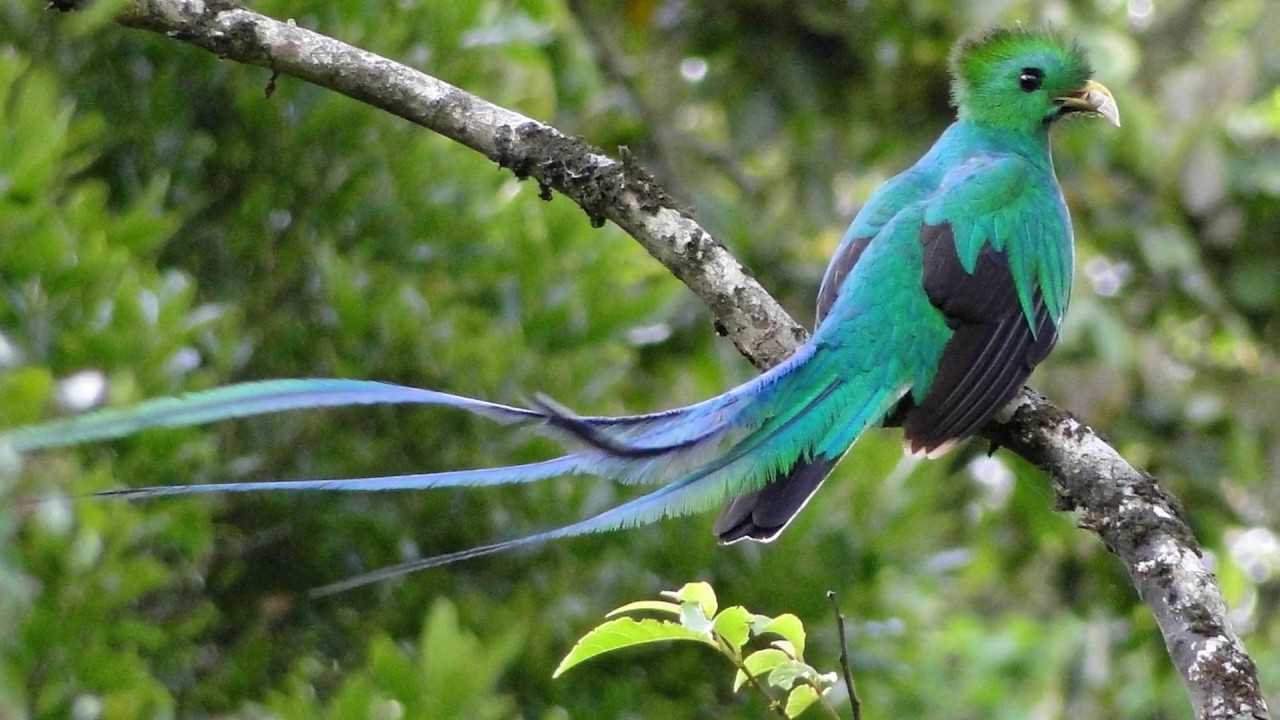
Even if we don’t see a quetzal, there are plenty of consolations right on the Los Quetzales property including numerous species of hummingbirds. The lodge has its own 400 hectare reserve and offers not just birding, but hiking, mountain biking, trout fishing and a spa. The food is also excellent and due to the elevation, no biting insects or venomous snakes. Unfortunately, it cannot guarantee good weather as this is a rain forest and there is a reason they call it that. During our stay at Los Quetzales there were sunny breaks, but mostly it was misty and drizzling, but that’s what I expected in the Chiriqui Highlands.
The next morning we are ready to track down the elusive quetzal bird. In preparation I notice a small family business just across from the lodge that has heavy duty looking wool sweaters with hoods in a style that is distinctly Andean so I pop over and after a little haggling acquire myself a nifty white and blue version with llamas on it. They are hand woven in Ecuador. I knew Panama hats were actually from Ecuador, but who knew that Panamanian sweaters were as well.
Here I am with my spiffy Ecuadorian hoodie ready to go birding, rain or shine and it’s definitely not shining just now. Alison is dressed more conventionally.
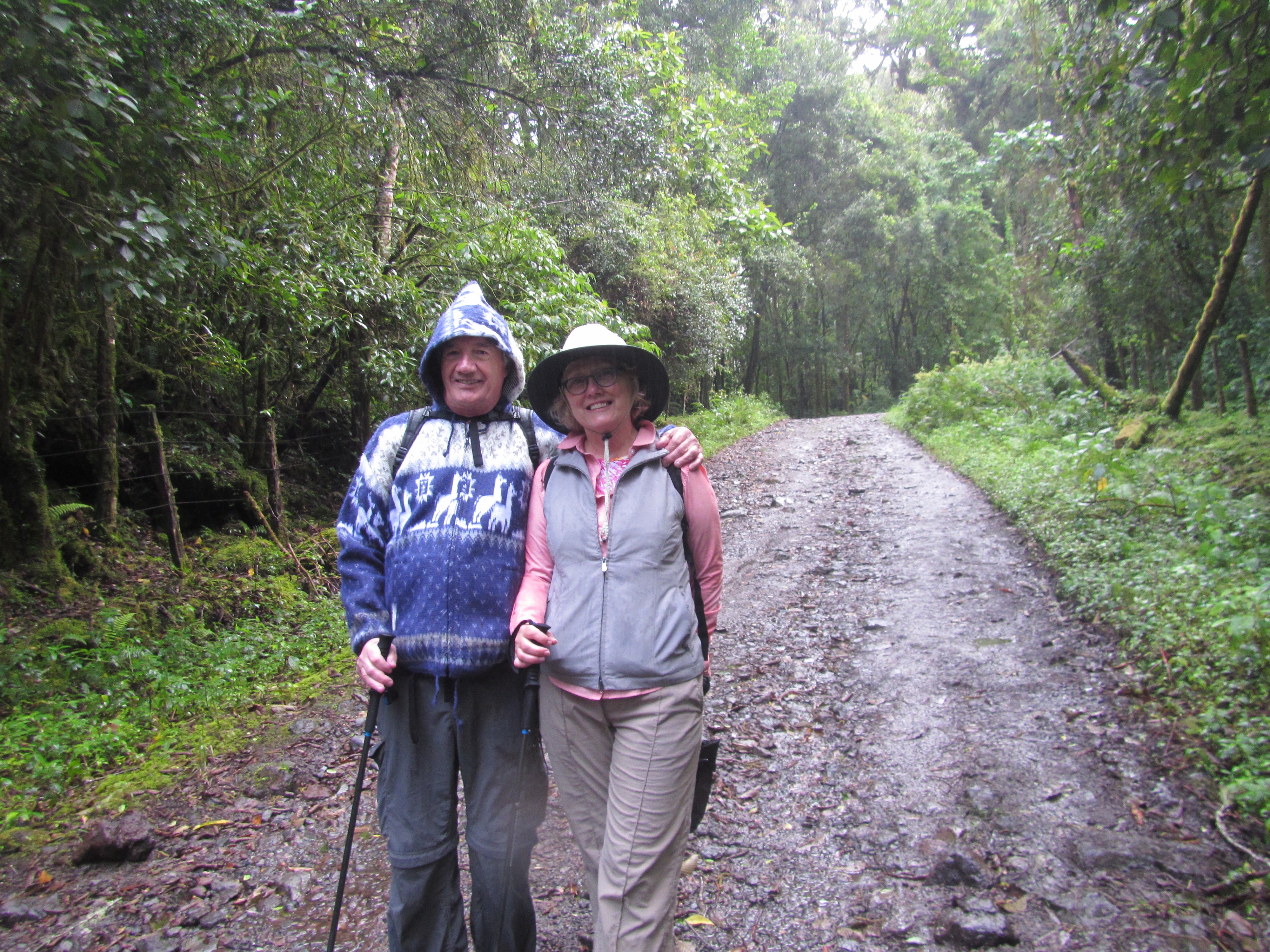
Our starting point is the finca Fernandéz trail in the buffer zone of Volcán Barú National Park.
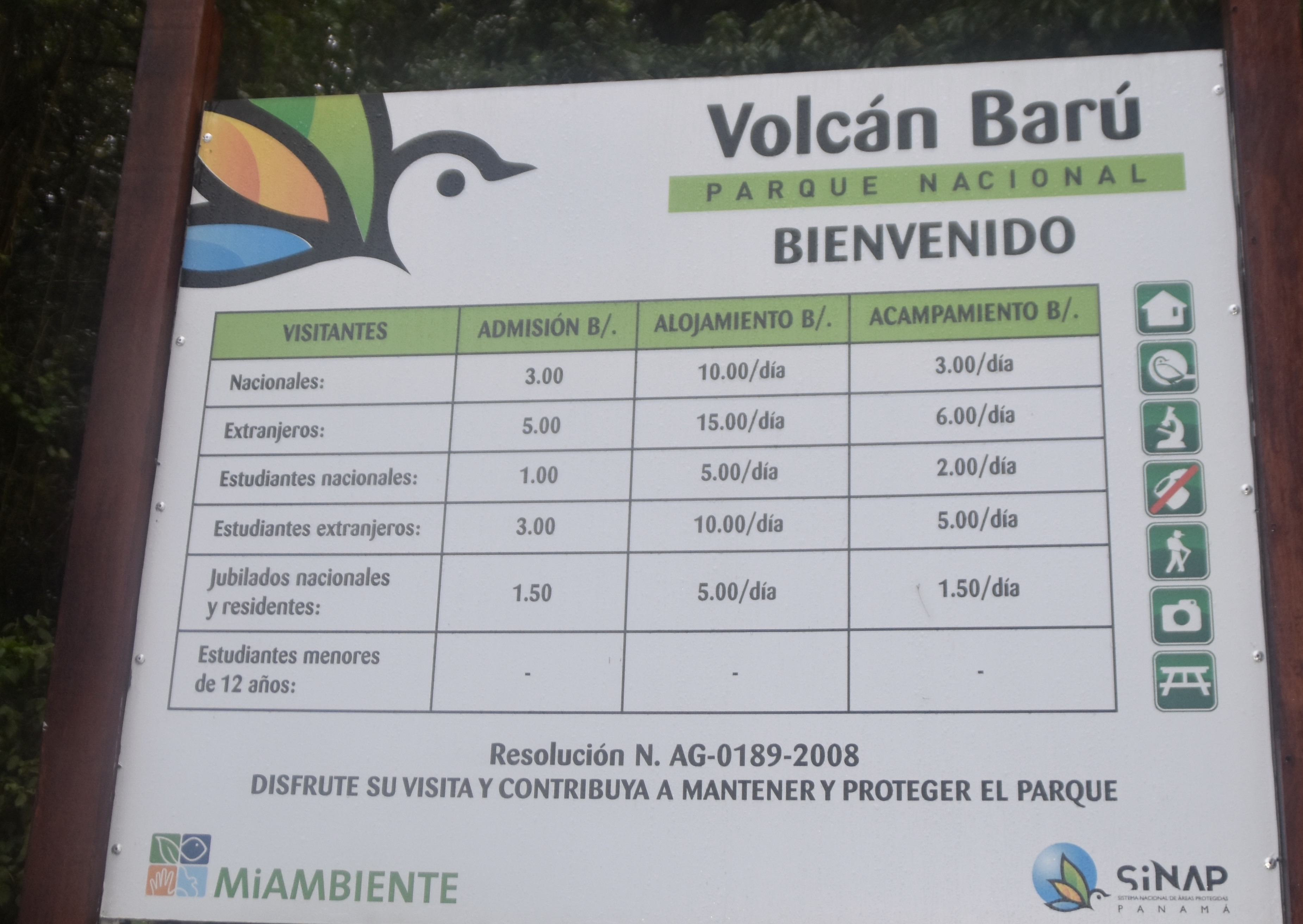
That’s a very appropriate name as our Adventures Abroad guide is Andres Fernandéz who is also an avid and knowledgable birder as I found out on the Colombian portion of this trip.
Here we are gathered about a spot where apparently we a most likely to see a quetzal. That’s Andres in the yellow jacket explaining that quetzals like to hang around wild avocado trees as they are primarily fruit eaters. The avocado trees in the Panamanian rain forest are huge, up to 60 feet tall.
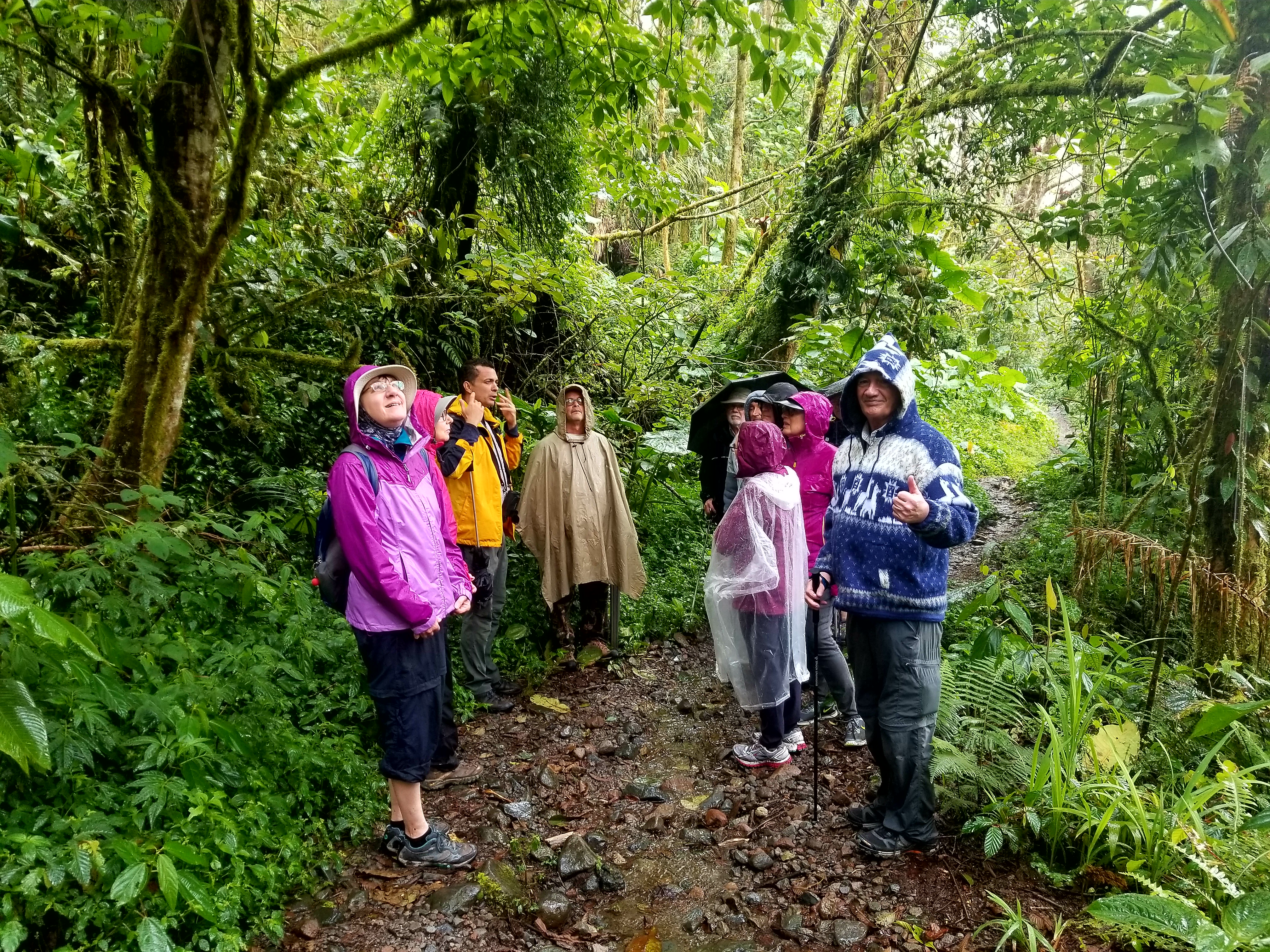
Alas, no luck at this first spot so we continue. Our local guide Charlie, says we need to get off the beaten path and so we start bushwhacking.
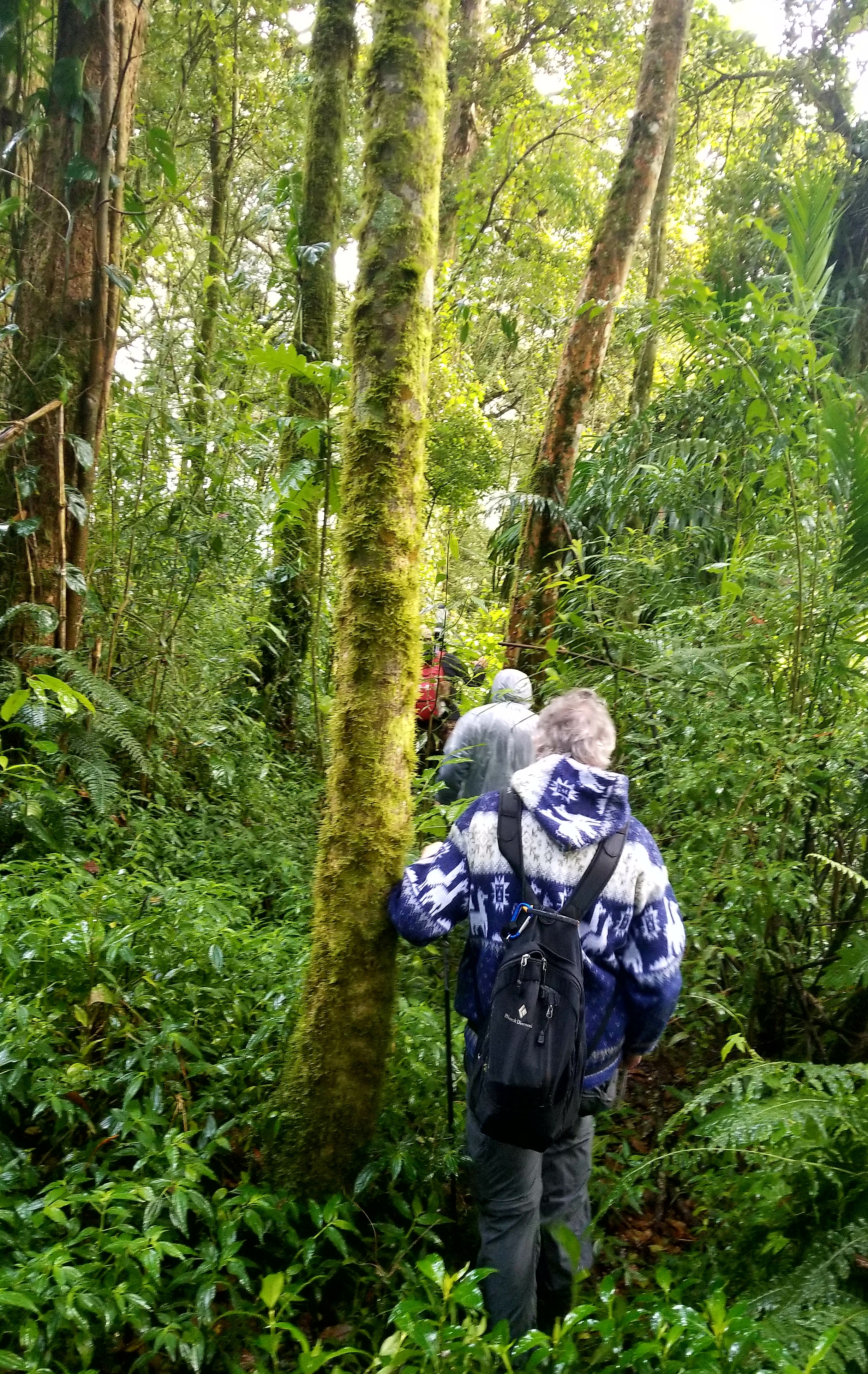
I know it’s damp and a bit chilly, but dammitt this is exciting! We’re in a Panamanian rainforest in the Chiriqui Highlands looking for the resplendent quetzal; not exactly everyone’s cup of tea, but what I’ve come to expect from Adventures Abroad. Incidentally, I saw no other tourists during our entire day in Volcán Barú and later in Amistad International Park.
Suddenly, there he is; a juvenile male resplendent quetzal almost directly over head. While he’s not yet in breeding plumage he’s still a pretty impressive looking bird. Andres and Charlie have come through on their promise to find us a quetzal. I hope they have equal success on future trips.
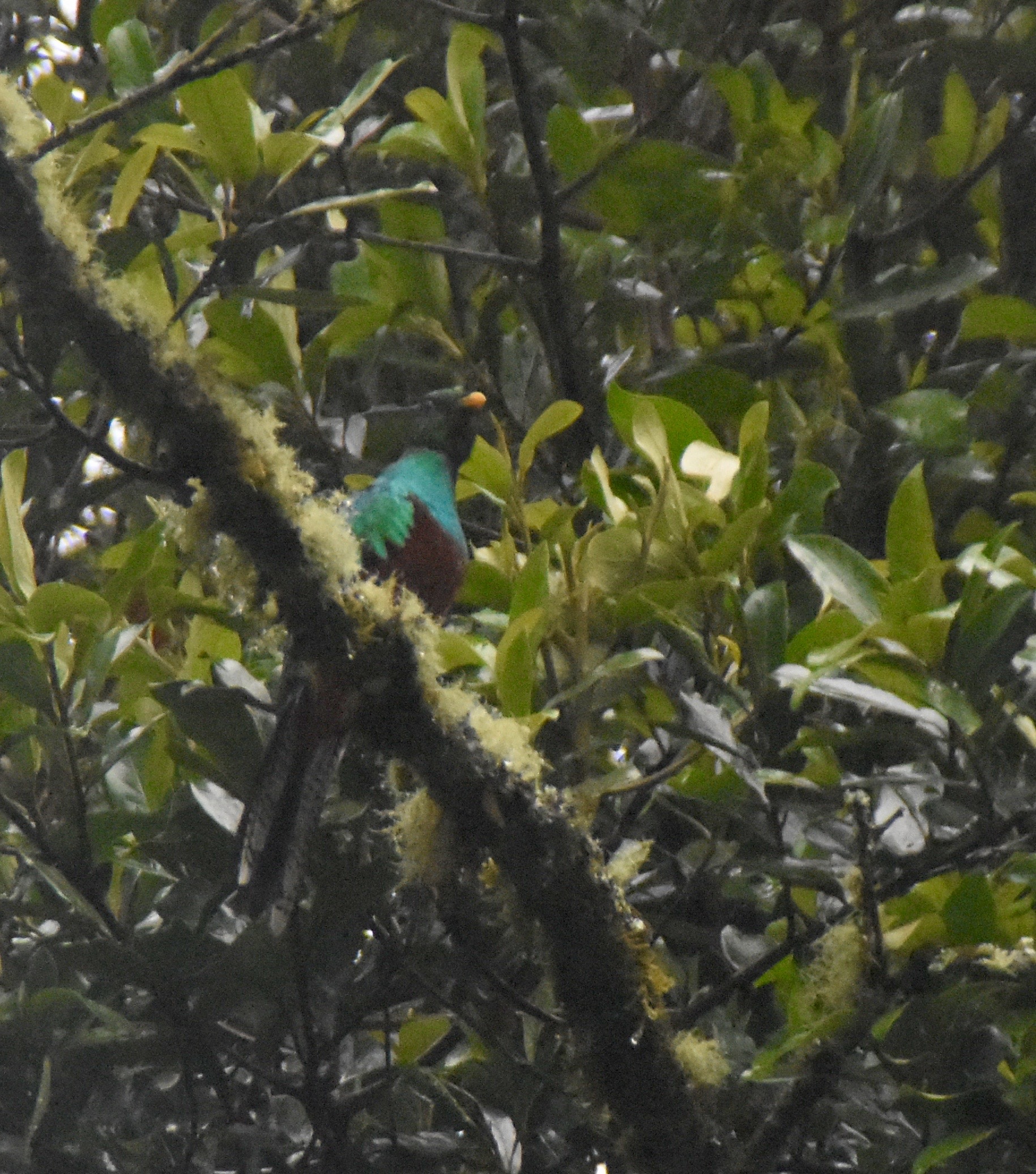
After the quetzal moves on we head back to the bus and return to Los Quetzales to dry out. When I signed up for the Panama trip I can honestly say that the one thing I had not remotely envisaged was the group of us huddled around a hot wood fireplace drying out our socks and footwearjust like in a ski lodge.
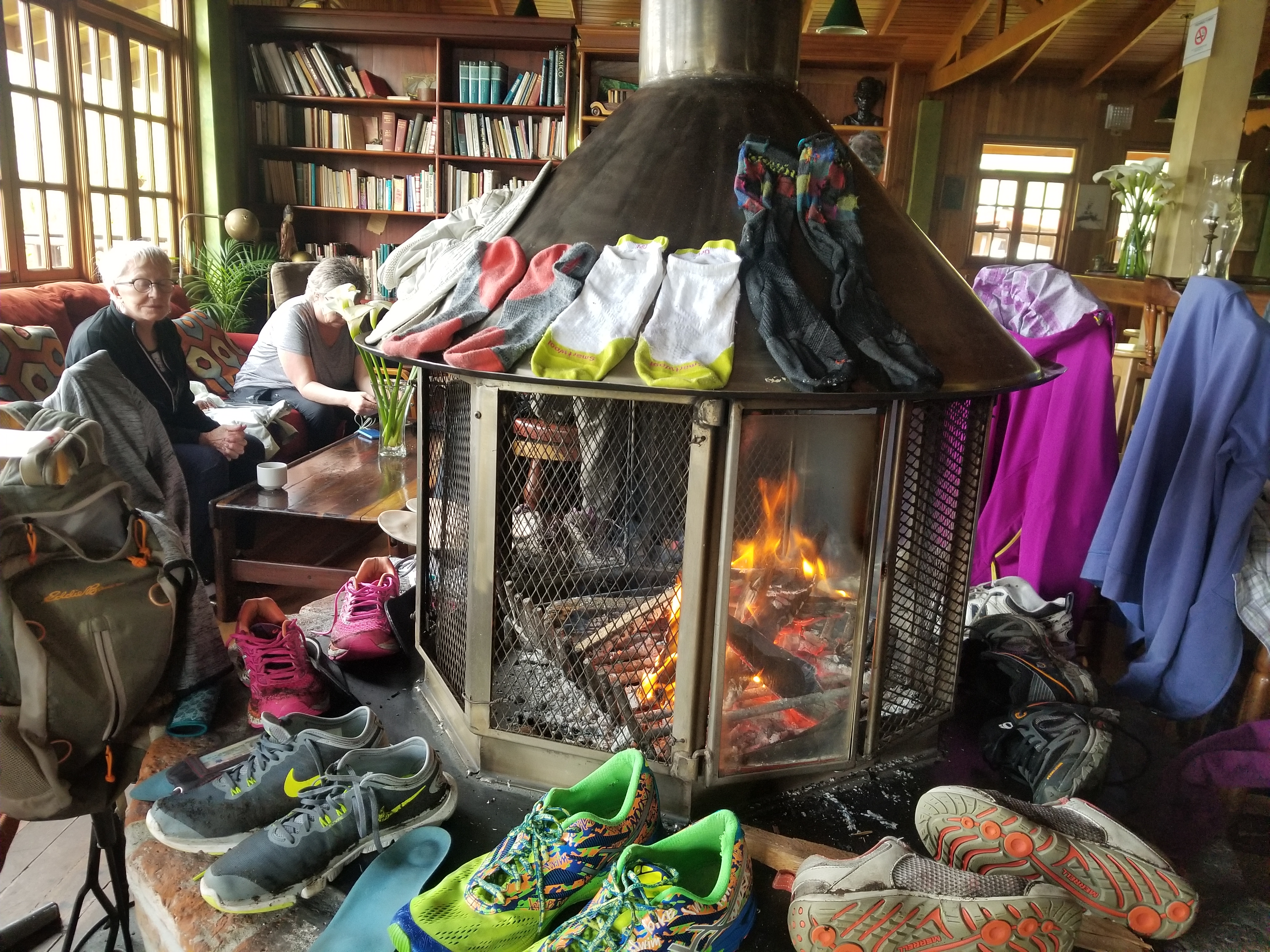
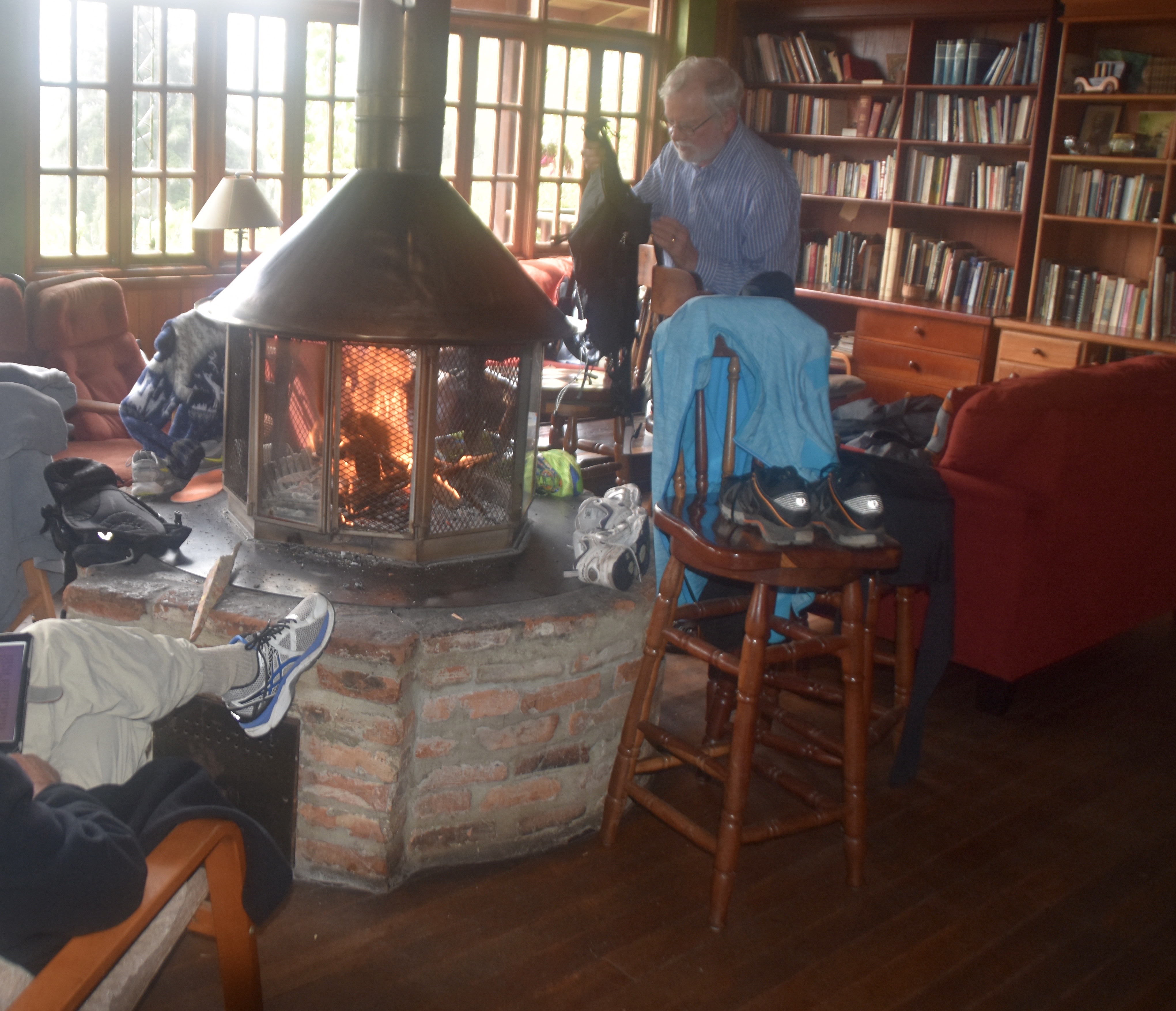
In the afternoon there was an opportunity for the group to visit one of the stud farms in the Cerro Punta area and true to form every single woman in the group opted in. I’ve never met a woman or girl who didn’t like horses and Alison, growing up in the country beside her uncle’s farm is no exception. She brought back this picture of a young foal.
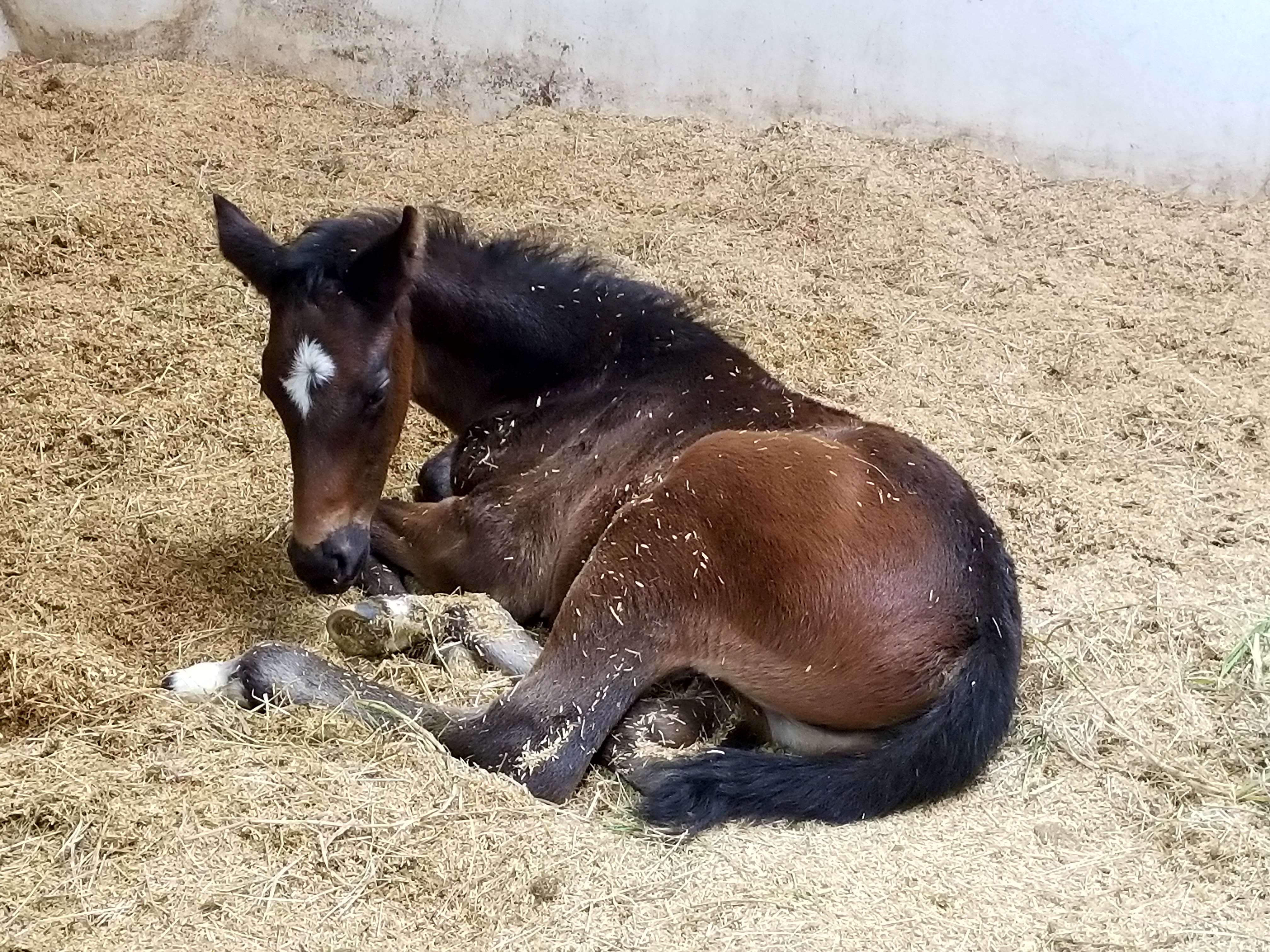
And she had a chance to ride one of the more homely horses I’ve seen in my time.
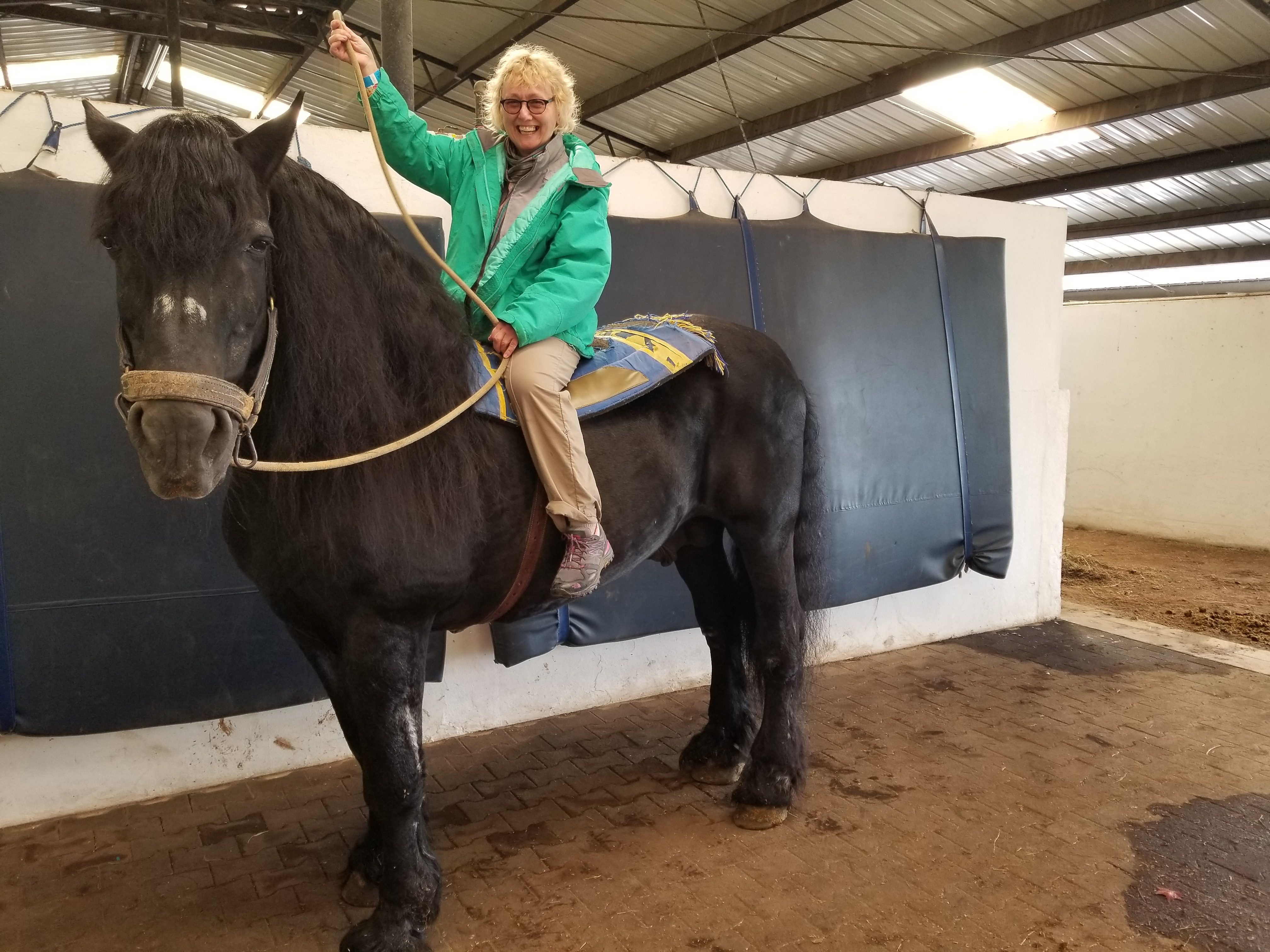
There was also a demonstration of one of the studs performing his task with a mare, but as this is a family friendly web site (on occasion) I will not include a picture of that event in this post.
The bottom line about this day in the Chiriqui Highlands was that when the weather dealt us lemons, we made lemonade. I don’t think there was a single person in our group who did not think that finding the quetzal was more than worth getting a little damp and chilled.
Tomorrow we are headed for the warm Caribbean coast at Bocas del Toro, first visited by Columbus over 500 years ago. Hope you’ll come along.

